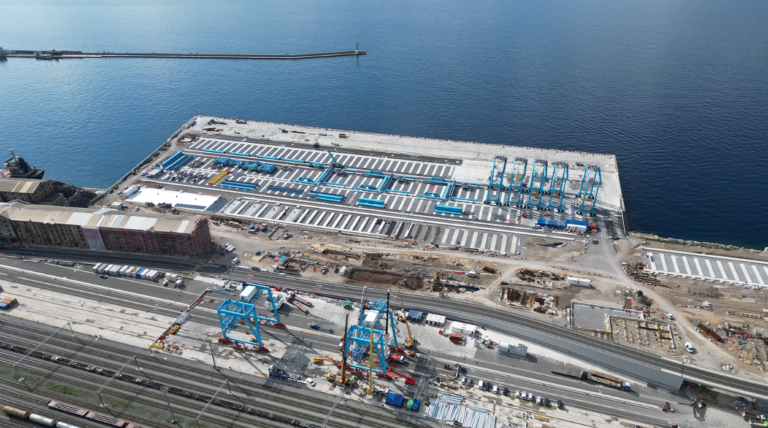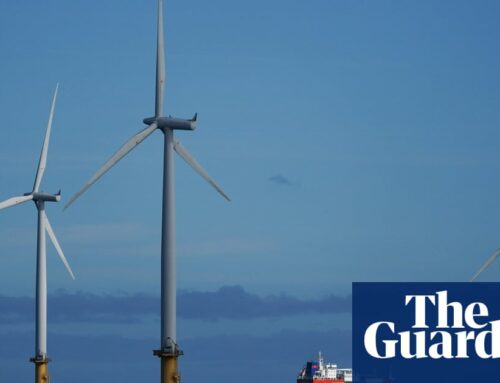Croatia’s Rijeka Gateway terminal ready for renewable energy-powered future
October 10, 2024
The Rijeka Gateway terminal in Croatia, a joint venture between Danish shipping giant A.P. Moller-Maersk’s APM Terminals and Croatian investor Energia Naturalis (ENNA Group), has secured electricity from renewable energy sources to power the operations of its container terminal.

The estimate is that this move would help Rijeka Gateway—’the biggest’ project in the logistics sector in Croatia—cut down on its carbon dioxide (CO2) emissions as well as other harmful gas emissions ‘to a great extent’.
As a result, the parties involved in the contract believe the Rijeka terminal could become ‘the most advanced’ terminal in the Adriatic region, with the majority of its equipment powered by electricity and mainly remotely operated.
According to the Netherlands-based terminal operator APM Terminals, the contract for the use of renewable electricity has been in force since the start of construction and will continue during the terminal’s operational phase.
Electricity supplier and member of the ENNA Group ENNA Next will be responsible for issuing the necessary green certificates to make sure the entire energy supply comes strictly from renewable sources – either solar or wind power.
“As a large consumer of electricity, we believe that using sustainable energy sources is a vital step in achieving the terminal’s long-term sustainability,” Peter Corfitsen, CEO of Rijeka Gateway, highlighted.
As informed, Rijeka Gateway has been working on several other fronts to preserve the environment. One such instance is the fact that the terminal will be equipped with an ‘improved’ water management and drainage system that, as per APM Terminals, would stamp out the possibility of significant marine pollution.
Furthermore, efforts are expected to be made to minimize light pollution. To this end, automated lighting systems would be installed, ensuring that the terminal’s inactive areas would not be illuminated whilst not in use.
In addition to this, APM Terminals has stated that certain measures are set to be introduced to keep noise levels below the legally permitted limits.
These include a system that supplies vessels with electricity from the shore, which would reduce the need to run ship engines. All cranes at the terminal will also reportedly use soft landing technology to reduce container loading noise, while novel sound signals will be employed across the terminal.
“We want to be a good neighbor, doing everything we can to minimize the terminal’s impact on the environment and the local community while creating jobs and sustainable growth opportunities,” Corfitsen reiterated.
As the largest consumer of electricity within the A.P. Moller-Maersk group, APM Terminals has emphasized that the transition to renewable electricity-driven terminal operations is a ‘crucial’ element in the group’s decarbonization efforts.
To meet its net zero by 2040 target, APM Terminals has continuously worked on electrifying its terminals.
In 2023, the entity made progress in Brazil when the APM Terminals Suape received approval from the country’s National Waterway Transport Agency to change its cargo profile, enabling the terminal to expand the area it would use.
The operator had pointed out back then that all equipment would be electric and that the facility would feature a complete environmental management system, waste management, wastewater treatment, and groundwater flow modeling for pollution control.
In May this year, APM Terminals Barcelona held the commissioning of seventeen Konecranes NSC 644 EHY hybrid straddle carriers, projected to reduce the terminal’s annual CO2 emissions by 50 tons. The Spanish terminal is believed to be well on track to meet its emission neutrality goals, having already meet at least 7.5% of its energy needs through solar panels.
Search
RECENT PRESS RELEASES
Related Post



